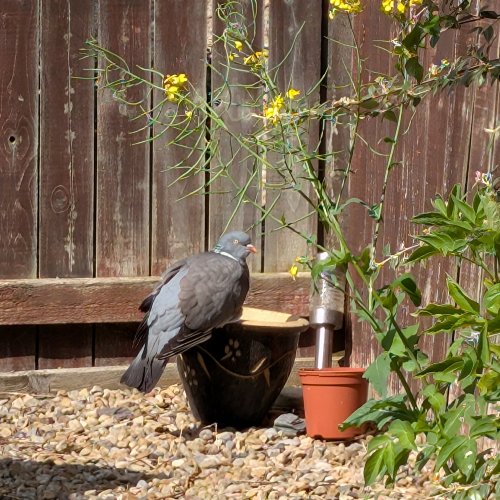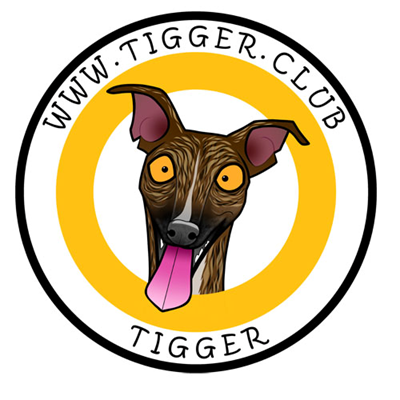History of... Domestic Pigeon
Name:
Domestic Pigeon
Scientific Name:
Columba livia domestica
Family:
Columbidae
Conservation Status:
Least concern
Habitation:
Cities, towns, farms and rural areas.
First Discovered:
Over 5,000 years ago
Appearance:
Domesticated pigeons are around 31cm (12inches) long and have a wingspan of 63cm (25inches) and weigh around 230g (8oz) They can have a wide variety of colours, patterns and feather styles due to selective breeding.
The look everyone usually immediately thinks of, is a stout grey bird with a shiny green/metallic lower neck, lighter grey wings with two dark bars on the wings. Orange/red legs and feet and short beaks.
Diet:
Pigeons have a diet of seeds, grains, fruit, vegetables and occasionally insects and small invertebrates.
In cities and towns pigeons have the reputation of being dirty birds as they are often seen eating discarded food. Although the abundance of discarded food is an easy food source, it is definitely not healthy for them.
Global location:
The common pigeon can be found on every continent except Antarctica.
Reproduction:
Domesticated pigeons form monogamous bonds and can raise 6 broods of two eggs per year.
Both parents share the responsibility of nest building, incubation and feeding the young.
Lifecycle:
The incubation period is around 18 days. The young are called squabs and mature at around 7 month.
History:
Although the exact history of the domesticated pigeon is not known, it is thought that the Egyptians first domesticated the pigeon from Rock Pigeons. They kept thousands of pigeons for rituals and eating.
They soon realised pigeons were intelligent and excellent at returning home, making them valuable for sending messages home from travelling envoys and armies.
Pigeons became globally widespread during invasions, explorations and birds escaping from domestic colonies.
Photograph: Ian Stephens


